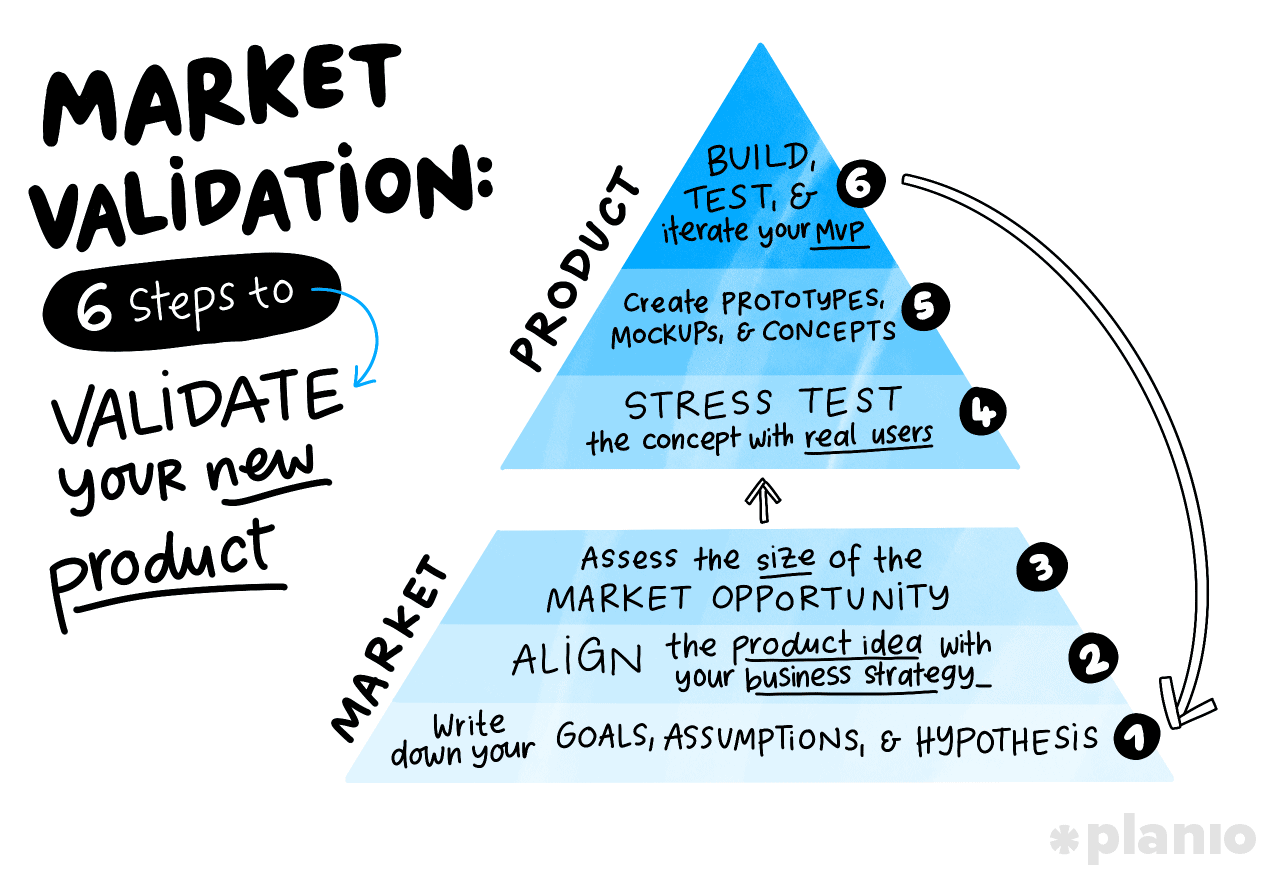
Market Testing Tips for Validating Business Ideas
In the world of business, great ideas come a dime a dozen, but not all of these ideas have what it takes to succeed in the competitive marketplace. Before you invest your heart, time, and resources into a new venture, it’s crucial to validate your business idea. Market testing is the key to ensuring that your concept has real legs and can stand the pressures of the marketplace. In this article, we bring you top-notch market testing tips to validate your business ideas effectively, ensuring they’re not just dreams but feasible enterprises.
1. Understanding Your Target Audience
Before even thinking about testing your idea, you need someone to test it on – and that’s where your target audience comes in. Know who your product is for and tailor your testing to this group. Define their age range, interests, income level, and more. This knowledge isn’t just good manners—it’s smart strategy that puts you in the shoes of your customers. Remember, a product that appeals to college students might not catch the fancy of retirees.
2. Start Small and Simple
Testing doesn’t mean you have to start with a bang. Begin your market test with a minimal viable product (MVP), which is the most basic version of your idea that still works. This MVP saves you time and money, allowing you to gather early feedback and make necessary adjustments before moving forward. Keep it simple, straightforward, and focused on the essential features your potential audience needs.
3. Use Surveys and Questionnaires
Surveys are like treasure maps to your customers’ thoughts and opinions. Design a set of questions that aim to uncover what your target audience feels about your product. Online tools allow you to create and distribute your surveys easily, and you can offer incentives to encourage participation. Be careful though, your questions should be clear, unbiased, and designed to extract useful information.
4. Create a Landing Page
In the digital age, landing pages are like your product’s digital handshake. A well-designed landing page can help you gauge interest by tracking sign-ups, downloads, or whatever call-to-action aligns with your business idea. You can utilize tools that allow you to build landing pages without needing a degree in computer science, and you can analyze how your audience responds to your product’s promise.
5. Social Media Validation
Social media platforms can act as a sounding board for your business idea. With billions of users worldwide, they provide a massive and varied audience for preliminary feedback. Create polls, share prototypes, and engage with your audience on these platforms to get a quick pulse on your idea’s potential. Take note of the comments, the shares, the likes—their digital reactions can speak volumes.
6. Crowdfunding Platforms
Crowdfunding isn’t just for raising capital; it’s an excellent way to validate your business idea. By creating a campaign, you can see if people are willing to pay for your product before it exists. The support and feedback from your backers can serve as a powerful testament to the viability of your idea. Plus, it’s a great way to build a community of supporters who can become your first customers.
7. Conduct a Pilot Program or Beta Test
Before a full-fledged launch, consider initiating a beta test or pilot program with a select group of users. This hands-on experience can reveal how your target market reacts to your product in a real-world setting. Take their feedback seriously—it’s a direct line to improvements that could make or break your idea. And remember, be prepared for both praises and constructive criticism.
8. Perform Competitive Analysis
In a world full of innovators and go-getters, chances are your business idea is not entirely unique, and that’s okay. Conducting a competitive analysis helps you understand where your product stands in the sea of alternatives. Identify your direct and indirect competitors, analyze their strengths and weaknesses, and look for the gaps your product can fill. Learn from them and adapt; there’s no better way to test your market fit.
9. Offer a Free Trial or Demo
Who doesn’t love a free sample? Offering a trial version of your product can lure potential customers and provide you with invaluable feedback. It’s a chance for them to experience what you have to offer without any strings attached. Monitor how they use it, and learn where your product delights and where it falls short. This approach not only tests the market but also builds anticipation and interest.
10. Analyze and Adapt
Finally, after all the testing and gathering of feedback, it’s time to take a deep dive into the data. Look for patterns, assess the feedback objectively, and decide what changes are necessary. Market testing is a cycle of trying, failing, learning, and improving. Be ready to pivot or tweak your idea as needed. Those who listen and adapt are the ones who find their place in the market.
Conclusion

Validating your business idea through market testing is an invaluable step in your entrepreneurial journey. It can differentiate a fleeting trend from a sustainable business. These tips are designed to guide you through the process, helping you to test the waters before you dive in. Remember, the goal is not to prove that you were right about your idea but to find out how it can be at its best.
Your innovative idea is like a seed, and market testing helps you nurture it to fruition. With each step, approach the process with enthusiasm and flexibility, and don’t be discouraged by setbacks—they’re part of the journey. Implement these tips with a thoughtful strategy and an open mind, and you’ll be well on your way to launching a product that’s not just viable, but could potentially capture the heart of the market. Go out there and test the waters, because your next business idea could be the beginning of something extraordinary.